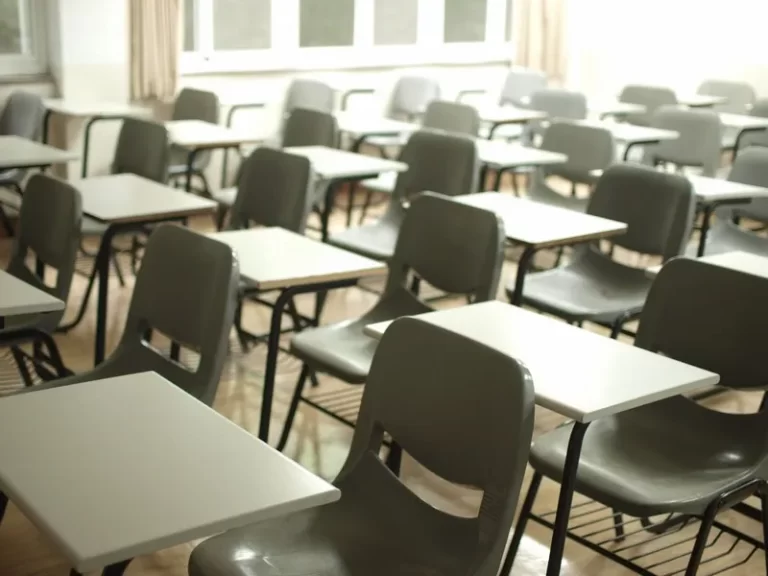In the field of sociology, classroom interaction refers to the dynamic process of communication and engagement that takes place between teachers and students within an educational setting. It encompasses the various ways in which individuals interact, communicate, and participate in the classroom environment, influencing the teaching and learning process. This article aims to outline and explain the concept of classroom interaction, its significance, and the factors that shape it.
1. Types of Classroom Interaction
Classroom interaction can be categorized into different types based on the nature and direction of communication. These include:
- Teacher-Student Interaction: This refers to the communication that occurs between the teacher and individual students or the entire class. It involves the delivery of instructions, explanations, and feedback from the teacher, as well as students’ responses, questions, and discussions.
- Student-Student Interaction: This type of interaction involves communication and collaboration among students. It can occur during group work, peer discussions, debates, or any other form of cooperative learning activities.
- Student-Content Interaction: This interaction focuses on the engagement between students and the subject matter being taught. It includes activities such as reading, writing, solving problems, and conducting experiments.
2. Significance of Classroom Interaction
Classroom interaction plays a crucial role in shaping the learning experience and outcomes for students. Here are some key reasons why it is significant:
- Enhanced Learning: Effective classroom interaction promotes active engagement, critical thinking, and knowledge construction among students. It allows them to clarify doubts, seek clarification, and develop a deeper understanding of the subject matter.
- Socialization and Collaboration: Classroom interaction provides opportunities for students to interact with their peers, fostering social skills, teamwork, and cooperation. It creates a supportive learning community and encourages the sharing of ideas and perspectives.
- Teacher-Student Relationship: Positive and meaningful interactions between teachers and students build rapport, trust, and respect. This relationship enhances motivation, student engagement, and overall academic performance.
- Feedback and Assessment: Classroom interaction allows teachers to assess students’ progress, provide timely feedback, and adapt their teaching strategies accordingly. It helps identify individual learning needs and facilitates personalized instruction.
3. Factors Shaping Classroom Interaction
Several factors influence the nature and dynamics of classroom interaction. These include:
- Classroom Environment: The physical layout, seating arrangement, and overall atmosphere of the classroom can impact interaction. A conducive environment that promotes communication and collaboration is essential.
- Teaching Style: The teaching methods, strategies, and instructional techniques employed by the teacher significantly influence classroom interaction. Different approaches may encourage different levels of participation and engagement.
- Student Diversity: Factors such as cultural backgrounds, language proficiency, and individual learning styles can affect classroom interaction. Teachers need to consider and accommodate these diversities to ensure inclusive participation.
- Class Size: The number of students in a class can impact interaction patterns. Larger class sizes may pose challenges for individualized attention and active student participation.
- Technology: The use of technology in the classroom, such as interactive whiteboards, online platforms, or multimedia resources, can shape the nature and modes of interaction between teachers and students.
In conclusion, classroom interaction is a fundamental aspect of the teaching and learning process in sociology. It encompasses various types of communication and engagement between teachers and students, promoting active learning, socialization, and academic growth. Understanding the significance of classroom interaction and the factors that shape it can help educators create a supportive and engaging learning environment.




